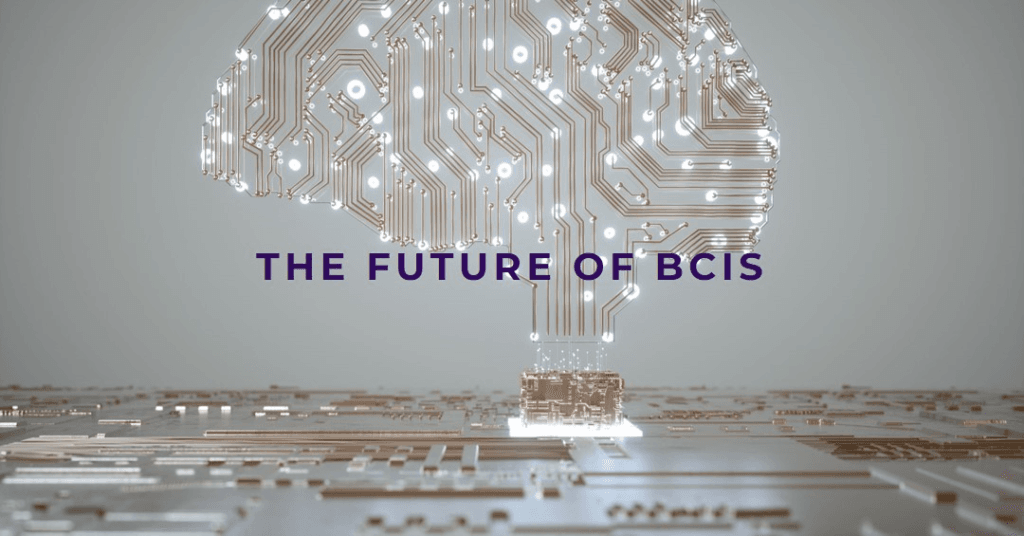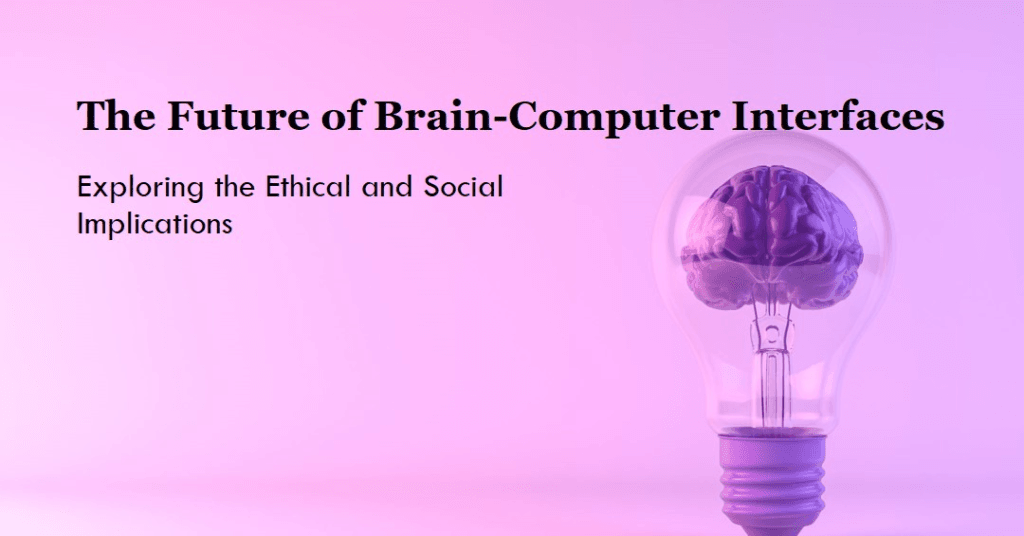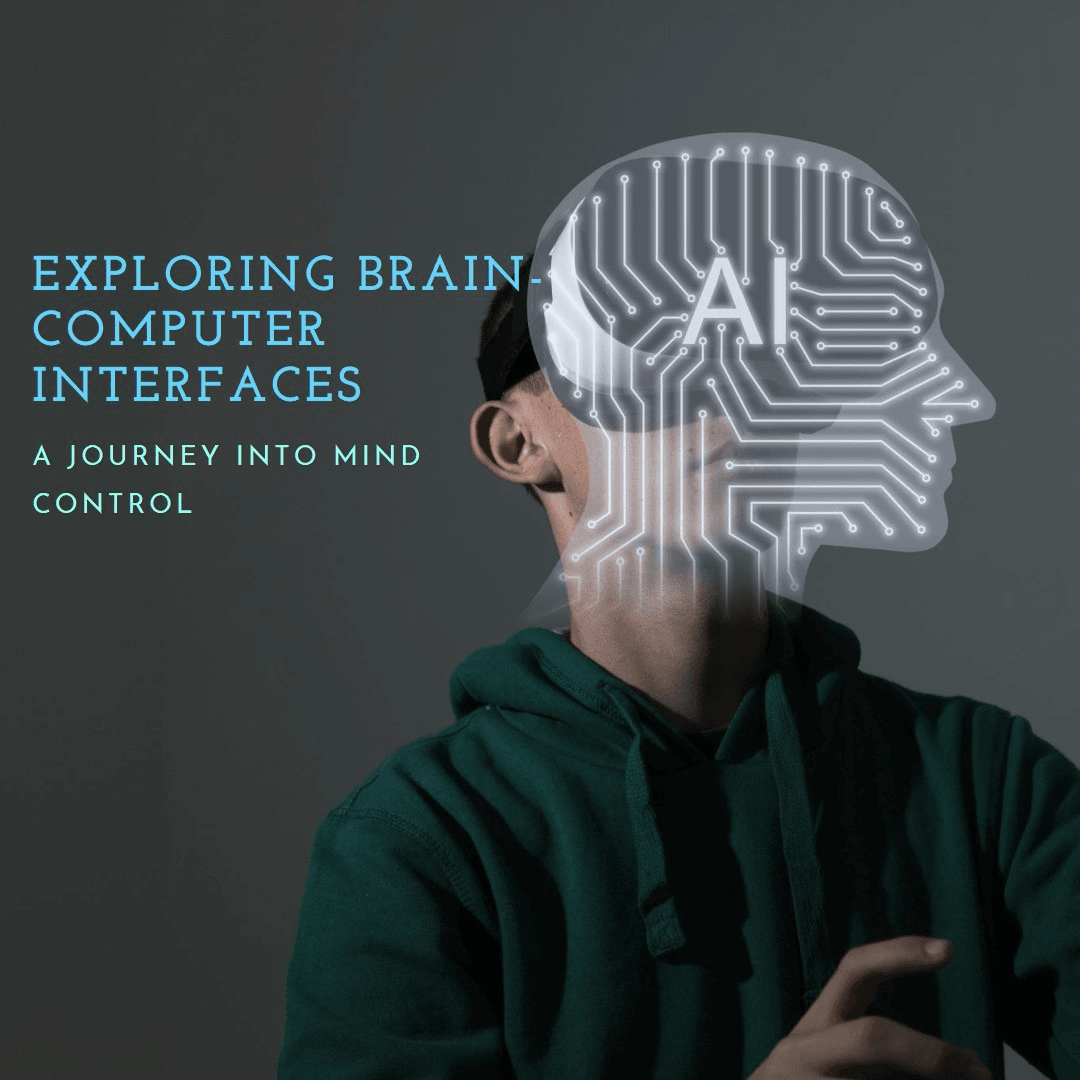Imagine controlling a computer or even a prosthetic limb with just your thoughts. That’s the fascinating potential of brain-computer interfaces (BCIs). BCIs are emerging technologies that create a direct link between the brain’s electrical activity and external devices.
How Does it Work?
Think of a BCI system as having three main parts:
- Signal Detection: BCIs use various methods to detect brain activity. Electroencephalography (EEG) is a common technique that uses a cap to measure electrical signals on the scalp. Other methods involve implanting electrodes directly into the brain, but these are more invasive.
- Signal Processing: The raw brain signals are complex and require sophisticated algorithms to decipher the user’s intent. Researchers are constantly developing new methods to improve the accuracy and speed of interpreting these signals.
- Output Device: The processed signals are then translated into commands for an external device. This could be a computer cursor, a robotic limb, or even a communication system for people with locked-in syndrome.
The Potential of BCIs
BCIs hold immense promise for various applications:
- Medical Rehabilitation: BCIs can help restore movement and communication for people with paralysis or other neurological conditions. Imagine someone controlling a prosthetic arm just by thinking about moving their own limb.
- Augmented Reality: BCIs could revolutionize how we interact with computers. We could control virtual objects with our minds, creating a more immersive and intuitive experience.
- Gaming: Imagine playing a game where your thoughts control your character’s actions. BCIs could introduce a whole new level of engagement in gaming.
Challenges and Considerations
While exciting, BCI development faces challenges.
- Accuracy and Speed: Current BCIs can be slow and not always accurate. Researchers are working on improving these aspects.
- Ethical Concerns: Brain-computer interfaces raise ethical questions about privacy, security, and potential misuse.
- Accessibility: BCI technology is still expensive and not readily available.
The Future of BCIs

Despite the challenges, the potential of brain-computer interfaces is undeniable. As technology advances, BCIs are likely to become more sophisticated, affordable, and accessible. This could lead to a future where brain-computer interfaces become seamlessly integrated into our lives, blurring the line between humans and machines.
Advantages:
- Restored Abilities: For individuals with paralysis, locked-in syndrome, or other neurological conditions, BCIs offer the potential to regain control and independence. Imagine operating a prosthetic limb or a communication device just by thinking about it.
- Enhanced Performance: BCIs could push the boundaries of human-computer interaction. Imagine controlling complex machinery or virtual environments with just your thoughts.
- Medical Applications: BCIs could be used to monitor and treat brain disorders. By studying brain activity patterns, doctors might be able to develop new therapies for epilepsy, depression, and other conditions.
- Entertainment Revolution: The gaming industry could be transformed by BCIs, allowing for a more immersive and intuitive gaming experience where your thoughts directly control your actions.
Disadvantages:
- Accuracy and Speed: Current BCI technology faces limitations in accuracy and speed. Interpreting complex brain signals can be challenging, leading to errors or frustrating delays.
- Ethical Concerns: BCIs raise serious ethical questions. Privacy concerns loom large as brain activity can be incredibly personal. Security risks also exist, with the potential for unauthorized access to a user’s thoughts.
- Invasive Procedures: Some BCIs require implanting electrodes directly into the brain, which carries surgical risks and ethical considerations. Non-invasive methods, while less risky, often provide weaker signals.
- Accessibility and Cost: BCI technology is still in its early stages and remains expensive. This limits accessibility, raising concerns about equity and who gets to benefit from this technology.
- Brain Augmentation Concerns: As BCIs become more sophisticated, the possibility of human augmentation arises. This could lead to a pressure to enhance cognitive abilities, blurring the lines between natural and artificial intelligence.
The Road Ahead

Brain-computer interfaces offer a glimpse into a future filled with incredible possibilities. However, careful consideration of the ethical, social, and practical issues is crucial. Open discussion and collaboration between scientists, ethicists, and the public will be essential to ensure BCIs are developed and used responsibly for the benefit of all.
FAQs:
Q: How does BCI technology work?
A: BCI technology works by detecting and interpreting electrical signals generated by the brain. These signals are then translated into commands that can control computers or other devices.
Q: What are some real-world applications of BCI?
A: BCI technology has been used in medical settings for prosthetic limb control, neurofeedback therapy, and communication with patients who are unable to speak or move. It also has potential applications in gaming, education, and cognitive enhancement.
Q: What are the main challenges facing BCI technology?
A: Some of the main challenges facing BCI technology include signal noise, reliability issues, and ethical considerations regarding privacy and consent.
Conclusion:
In conclusion, Brain-Computer Interface technology represents a paradigm shift in human-computer interaction. By tapping into the power of the mind, BCI has the potential to empower individuals, advance medical treatments, and revolutionize industries. While challenges remain, the future of BCI looks brighter than ever, promising a world where thoughts can shape reality.
What are your thoughts on BCIs? Would you be willing to use a brain-computer interface? Share your thoughts in the comments below!










